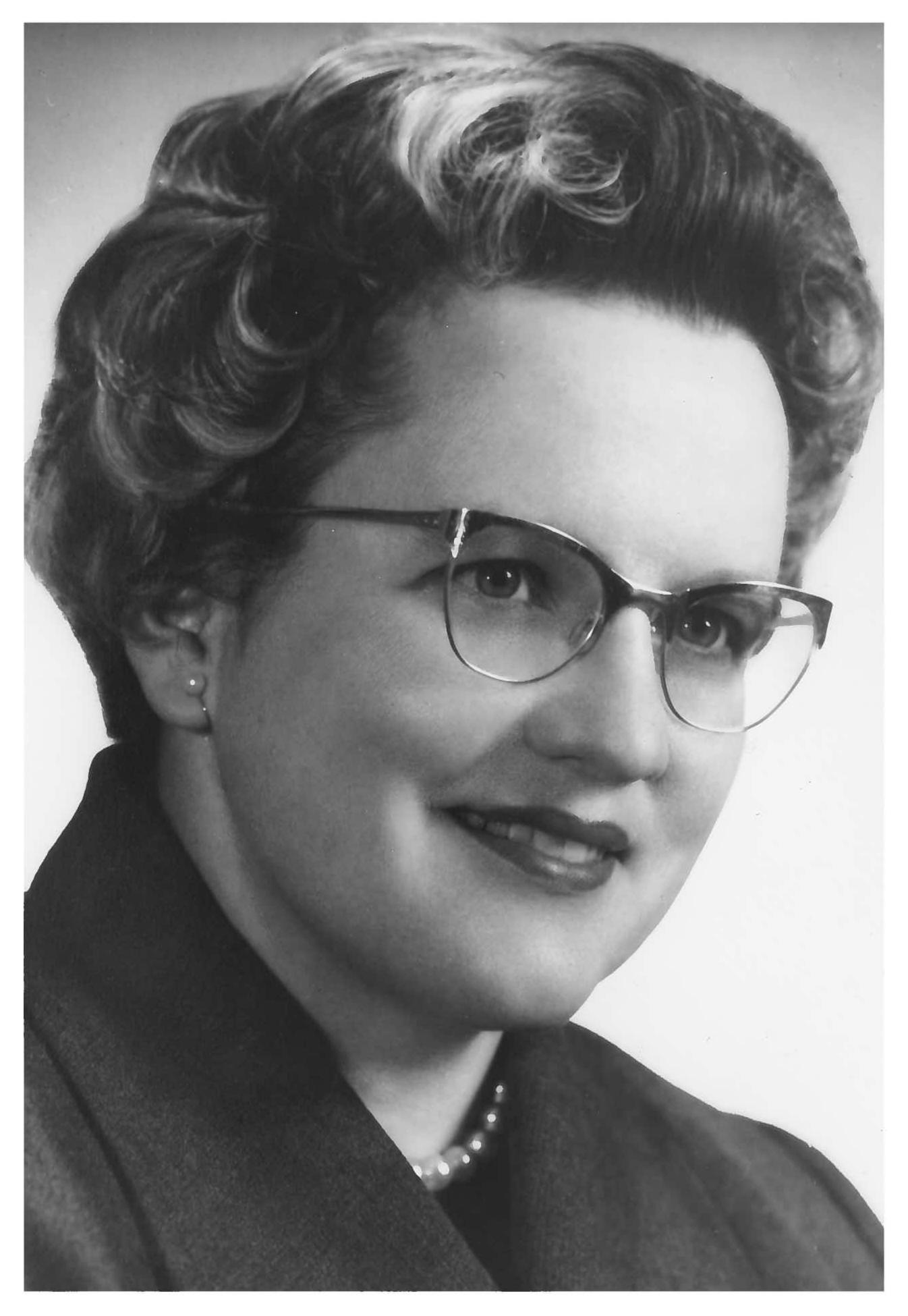With widening access to health care and momentous advances in medicine and medical technology, a new health care environment was emerging. One of its more notable features was the explosion of information, which was rapidly overwhelming the capacity of most generalists to keep even nominally informed in all areas. Whether by desire or by practical necessity, many in the health care professions were being drawn into specialization. And, although several special interest sections had evolved within APTA, they were rather independent groups. Individuals were free to join one or more sections on the basis of interest, but membership in a section carried no formal professional recognition. In fact, there was no way for physical therapists to improve their status other than moving up through the management hierarchy. At the same time, individual practitioners outside the profession were beginning to encroach on aspects of physical therapy.
Recognizing these limitations on physical therapy career development, APTA’s leadership approached the idea of formal recognition of clinical specialization with some caution. Specialization prepared the way for higher levels of clinical competence and scientific expertise, which had the obvious potential to benefit patients with different needs. But it also could fragment the profession. Physical therapist specialists could become compartmentalized, having less and less to do with the general foundations of physical therapy, at the risk of viewing their patients only in a narrow context and not as complex human beings.
Then in 1975 Helen J. Hislop delivered the Mary McMillan Lecture at the annual conference in Anaheim, California. Hislop, an opinionated leader, was well-recognized and respected in the profession, having served as editor of the association’s journal for many years. She noted the voiced concerns but declared that specialization, together with advanced academic opportunities, offered the only realistic means to generating better clinical science. “After 50 years, the science of physical therapy is entering its infancy,” she told her audience. “The determination of the profession to retain a viable place in the health care system … and to improve the quality of patient care must, for an indefinite future, necessitate a large, continuing research and development enterprise … To convince others of our aptitude, we must prove to ourselves that our methods work.”
Hislop claimed that as long as the profession lacked both doctoral programs of its own and a corps of clinical specialists focused on expanding the science of physical therapy, physical therapists would never be better than “mental pickpockets,” trading upon the exploration and hard thinking of other professional groups. Hislop called on her colleagues to shape the destiny of the profession by creating structured programs to train and certify clinical specialists.
